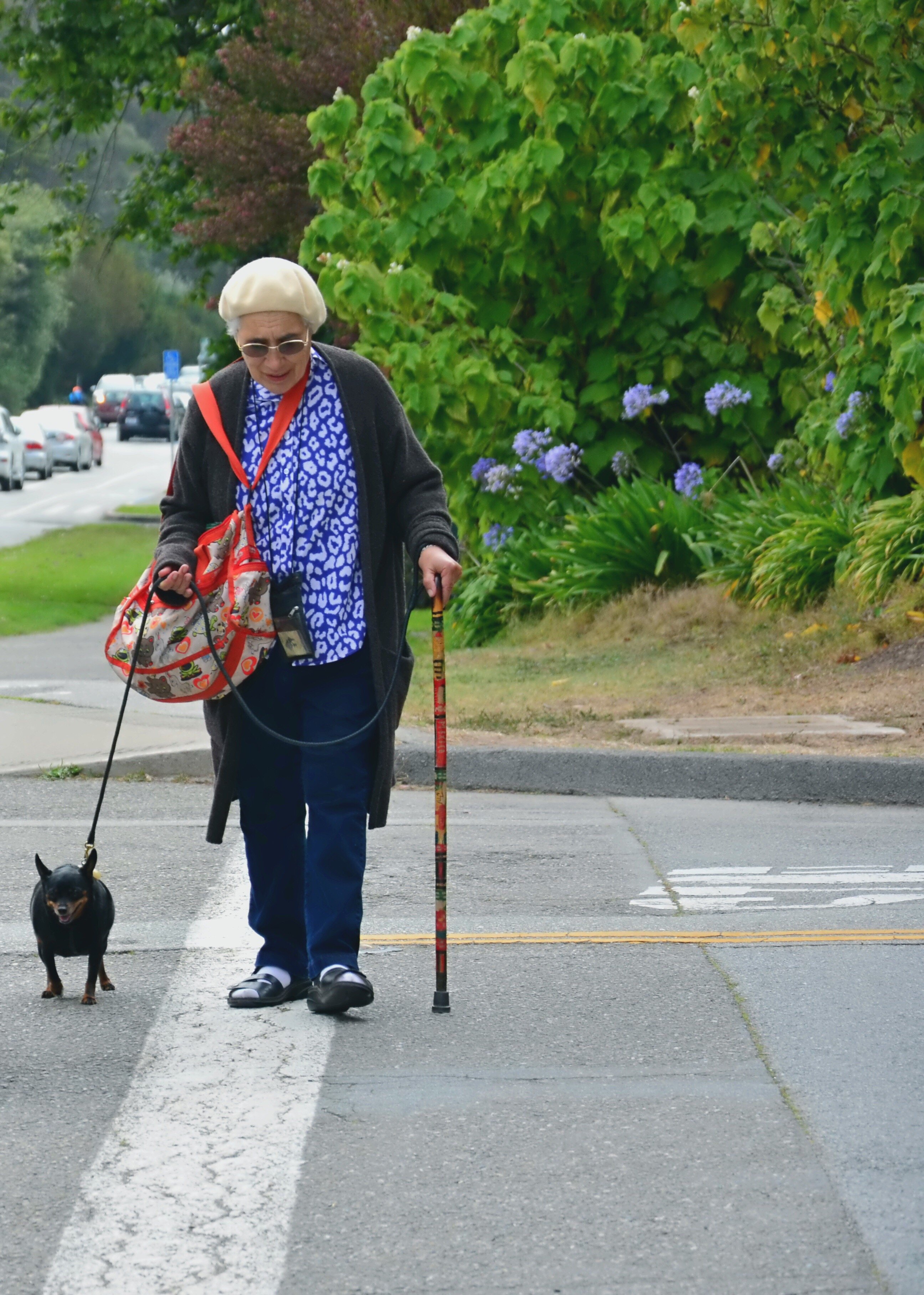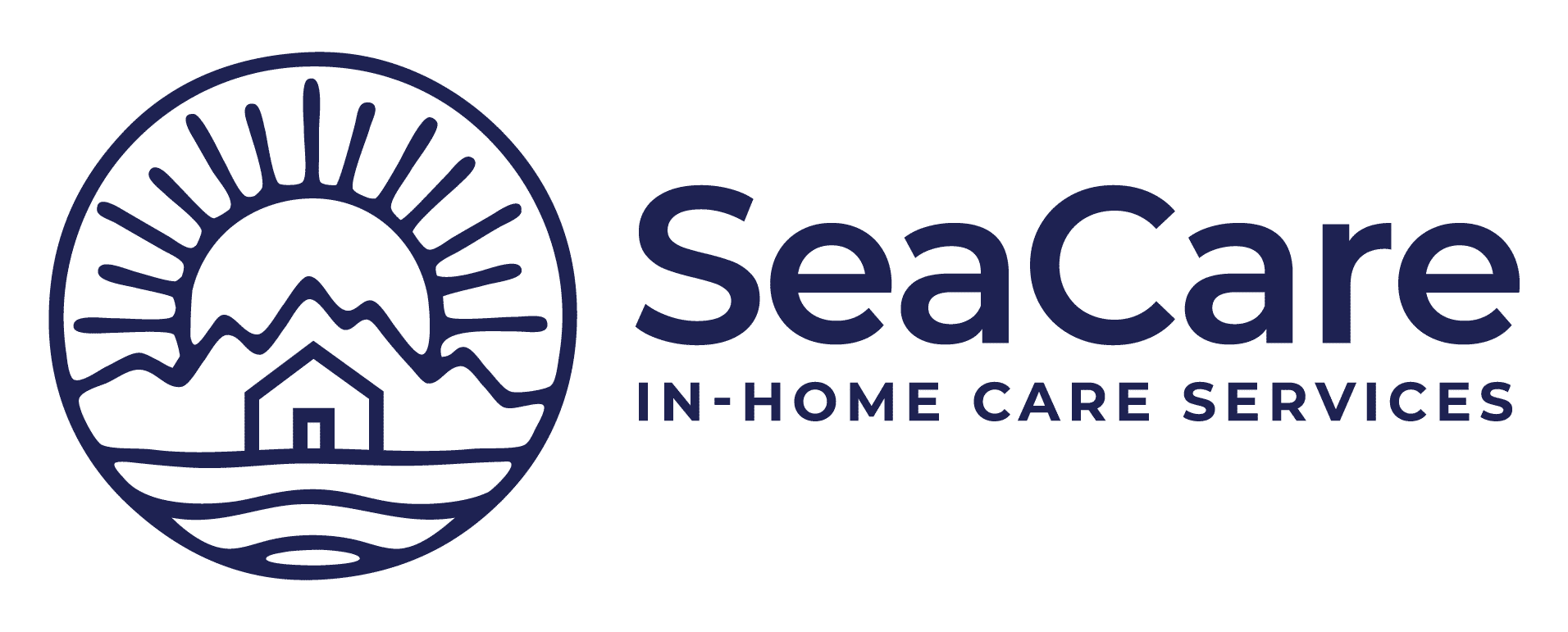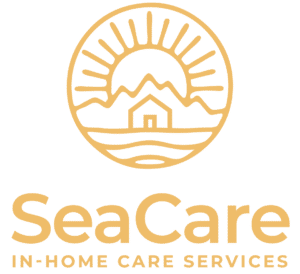Preventing falls: A guide for older adults and their caregivers
by Katie Wright | Sep 22, 2021 | family support, Fall Hazards, Paid caregiving, fall prevention | 0 Comments

The first day of fall is September 22, 2021.
It’s no coincidence that 9/22/21 is also Falls Prevention Awareness Day. The National Council on Aging promotes this observance because falls are the leading cause of injury-related death for older Americans.
Falls can lead to quality of life problems. Even when no injury occurs with a fall, many older adults are fearful of falling again. They may limit themselves physically and socially, risking isolation and physical weakening as a result. They may feel helpless.
According to the Centers for Disease Control (CDC), 25% of Americans aged 65 and over fall every year. Especially sobering is that these falls lead to more than 3 million injuries seen in emergency rooms, over 800,000 hospitalizations, and more than 32,000 deaths. (CDC, Important Facts about Falls)
The National Council on Aging (NCOA) provides comprehensive information for older adults and caregivers on the serious business of falls.
I’m observing Falls Prevention Awareness Day and Week and hope you join me – here’s a brief summary of what I’ve learned.
There are popular misconceptions about older adults and falls
It’s commonly thought that falls can be expected among aging adults. It may surprise you to learn that this is a myth. In fact, falls are not a normal part of getting older.
Here are a few more myths about falling, courtesy of NCOA.
Myth: Limiting your activity prevents falls. The truth is that physical activity helps you stay independent. Try strength and balance training, and do some range of motion exercises. Don’t limit your social activity – keeping up with friends and family promotes better health.
Myth: You can’t recover strength if you’ve lost it. The truth is that the right exercises can help rebuild some of your muscle strength and flexibility. Read this earlier SeaCare blog about the benefits of exercise for seniors and why it’s never too late to start.
Myth: Using a walker or cane makes you dependent. The truth is that, with proper instruction and fitting, these tools can help improve your mobility and self-confidence.
Myth: Telling my family I’m afraid of falling might affect my independence. The truth is that your family, your caregiver, and your doctor are part of the team that wants to lessen the possibility of you falling. Don’t face this concern by yourself.
Learn if you’re at risk of falling
There’s a handy 12-question checklist for determining if you’re at risk of falling. It’s published by NCOA, which reminds you that falls prevention is one of the best tools you can put in your healthy aging kit.
Have you fallen in the last year?
Do you need to push with your hands to stand up from a chair?
Are you worried about falling?
The checklist covers these questions and more about your habits and lifestyle as an older adult and why these things matter. Take a few minutes to complete it and then plan to talk with your caregiver and doctor if you have questions or concerns.
Caregivers can help loved ones reduce their falls risk
If you’re a caregiver, you may already be in a position that requires helping your loved one with one or more activities of daily living. You also know that your work can be more stressful and physically taxing if your loved one sustains an injury from a fall.
Helping your older adult prevent falls also benefits your own well-being. You can help them with a kind of action plan that involves them, their health care provider, other family members, and you as caregiver. The basic steps are to observe, have a conversation, and develop a simple plan of action.
Observe
Caregivers are uniquely qualified to notice changes in their loved one’s health conditions, behavior, and activities of daily living.
- Do you notice changes in your loved one’s balance or gait? Do you see evidence of muscle weakness?
- Vision loss makes tripping more likely. Are they up to date with eye care? Read this SeaCare blog about the importance of vision exams.
- Some medications cause drowsiness or dehydration. There may be medication interaction that needs attention. Familiarize yourself with your loved one’s medications and whether there have been recent changes.
- Are there potential hazards in your loved one’s home that need to be addressed? Be aware of loose area rugs, adequate lighting, and lack of grip bars or handrails.
- Does your loved one have any chronic conditions that cause depression or a reduction of physical function? Read an earlier SeaCare blog about osteoporosis and how bone health impacts fall risk.
Talk about falls prevention
Plan to have a series of conversations with your loved one about falls. If you’ve observed some of the items mentioned above, this can be a starting point for expressing your concern about their risk of falling. Take care to ease into your observations and avoid alarming them with your worries.
Be sensitive to your older adult’s feelings about independence. Discussing your concerns about safety might be interpreted by them as a loss of autonomy.
Suggest a wellness visit with their doctor that includes a falls prevention assessment.
Develop a plan
An action plan for your loved one should include steps like these:
Review current health conditions. Are there chronic health issues that are impacting things like mobility or sleep? Has your loved one had their annual wellness visit (a preventive benefit of Medicare)?
Get an annual vision check. Make certain your loved one’s prescription is adequate. An annual check can also indicate whether there are any degenerative eye diseases.
Discuss medications. Determine whether your loved one is managing their medications or experiencing any troubling side effects. Ask their care provider or pharmacist to do a medication review with each new prescription.
Perform a home safety assessment. Plan to increase lighting, install grab bars in the bathroom, and keep rooms free of clutter.
Look into the following resources to learn more about falls prevention:
King County’s One Step Ahead Fall Prevention Program offers virtual and in-person education by Emergency Medical Services health educators. (Note: in-home visits are currently suspended due to COVID-19 restrictions.)
The King County Fall Prevention Coalition publishes a fall prevention resource list that includes home safety, senior centers, exercise classes, and durable medical equipment resources.
The National Institute on Aging at the National Institutes of Health has downloadable physical activity materials and articles that can be beneficial for your care recipient.
The CDC has fall prevention information via STEADI (Stopping Elderly Accidents, Deaths & Injuries) and through its Still Going Strong program on learning to age without injury.
Think about a team approach to falls prevention
A supportive community is an important factor in healthy aging. Maintaining your independence can be more successful when there’s a team working on fall prevention.
Your family, caregiver, and friends know you and your household better than anyone. Ask for them to provide a second set of eyes during their next visit – do they notice any potential safety hazards? You can also ask one of them to accompany you to your next wellness check.
Your health care provider is the expert on your medical history and can talk with you about potential injuries related to falls. If you’re afraid of falling, ask for a medication evaluation.
Your pharmacist knows about medication side effects that might increase your chances of falling and will also know about drug interactions that could be problematic.
Making SeaCare part of your team means you receive caregiving assistance from professionals trained to monitor your health and well-being. Preventing falls is important to our philosophy of support for your family. Contact us to learn more.
Katie Wright writes about aging and senior wellness from Bellingham, WA. You can read more about her here.
References:
https://www.cdc.gov/homeandrecreationalsafety/falls/adultfalls.html
https://www.ncoa.org/older-adults/health/prevention/falls-prevention
If you or a loved one you know are looking for additional support during this time and are interested in scheduling a free in-home assessment, please contact SeaCare In-Home Care Services today! A SeaCare family member is standing by. 425-559-4339.



0 Comments